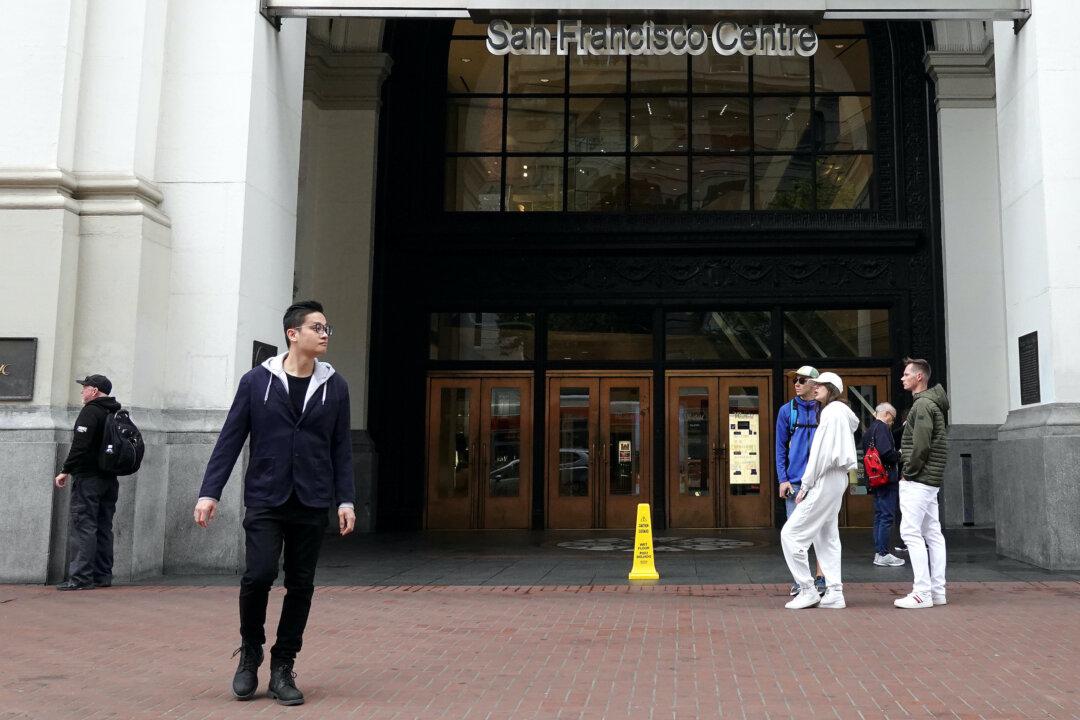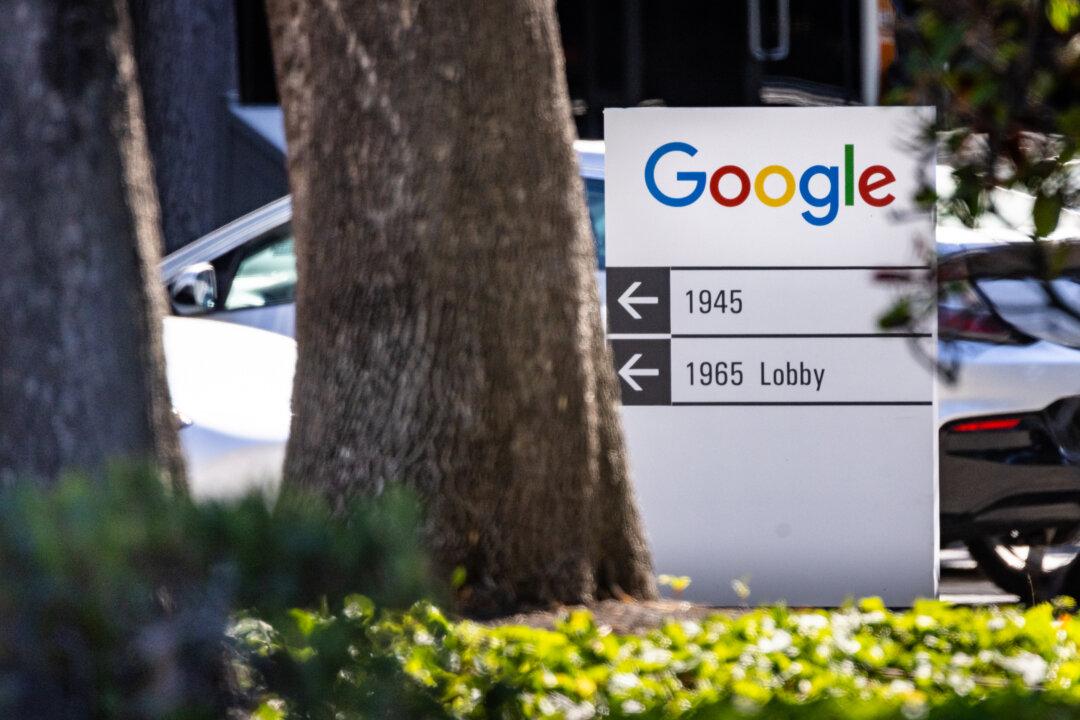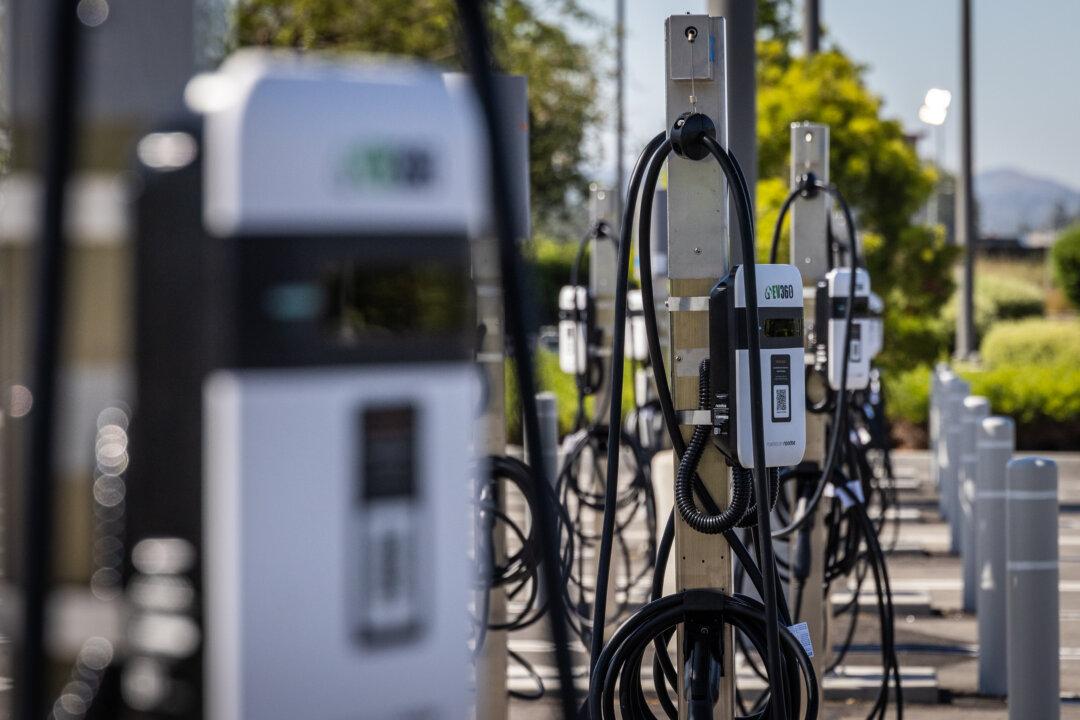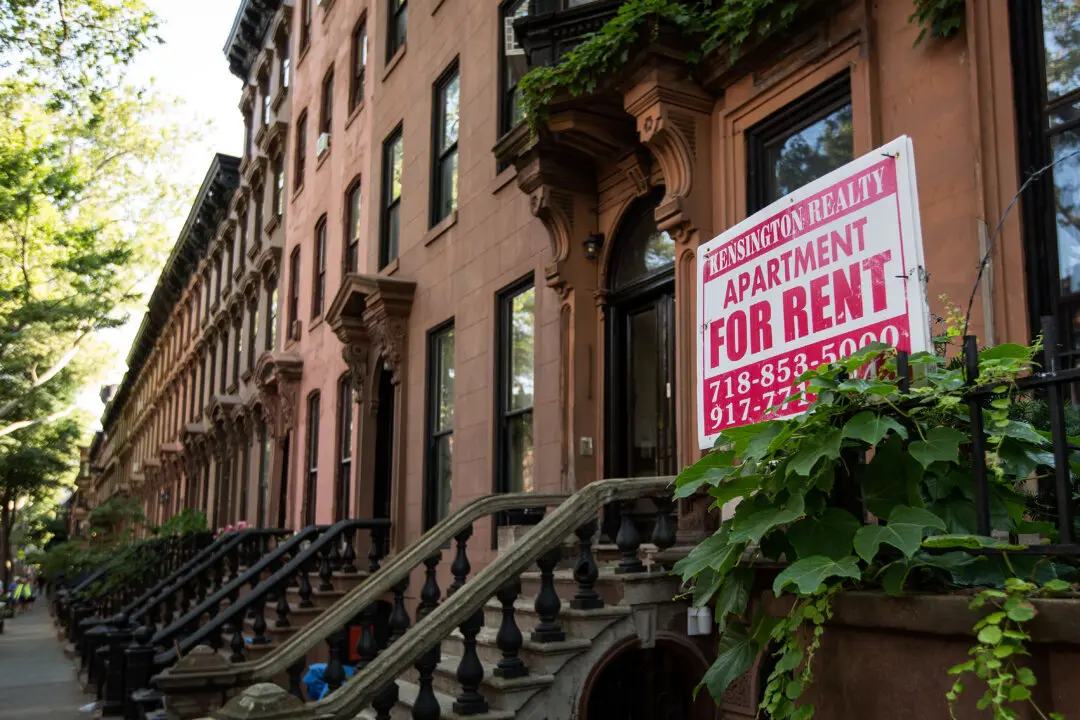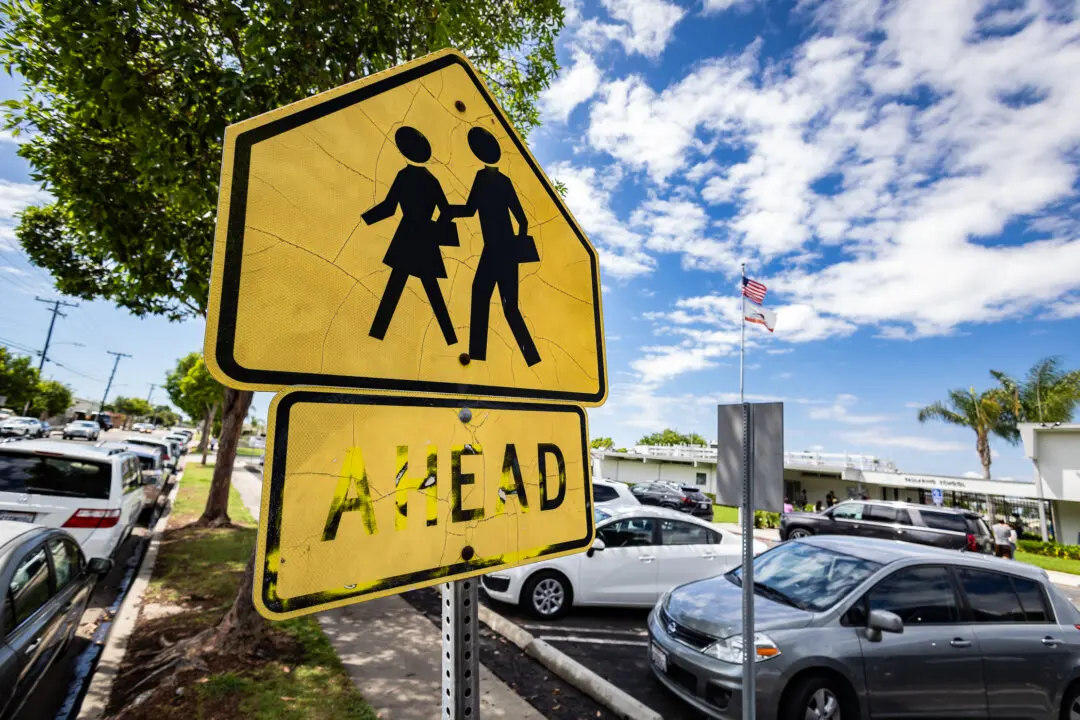Commentary
The nine Bay Area counties in California have lost around 175,000 people since 2020, and deaths are expected to surpass births in 2029. With U.S. citizens continuing to move out of the region at a faster pace than they move in, the best hope of recovering our population is international immigration.
